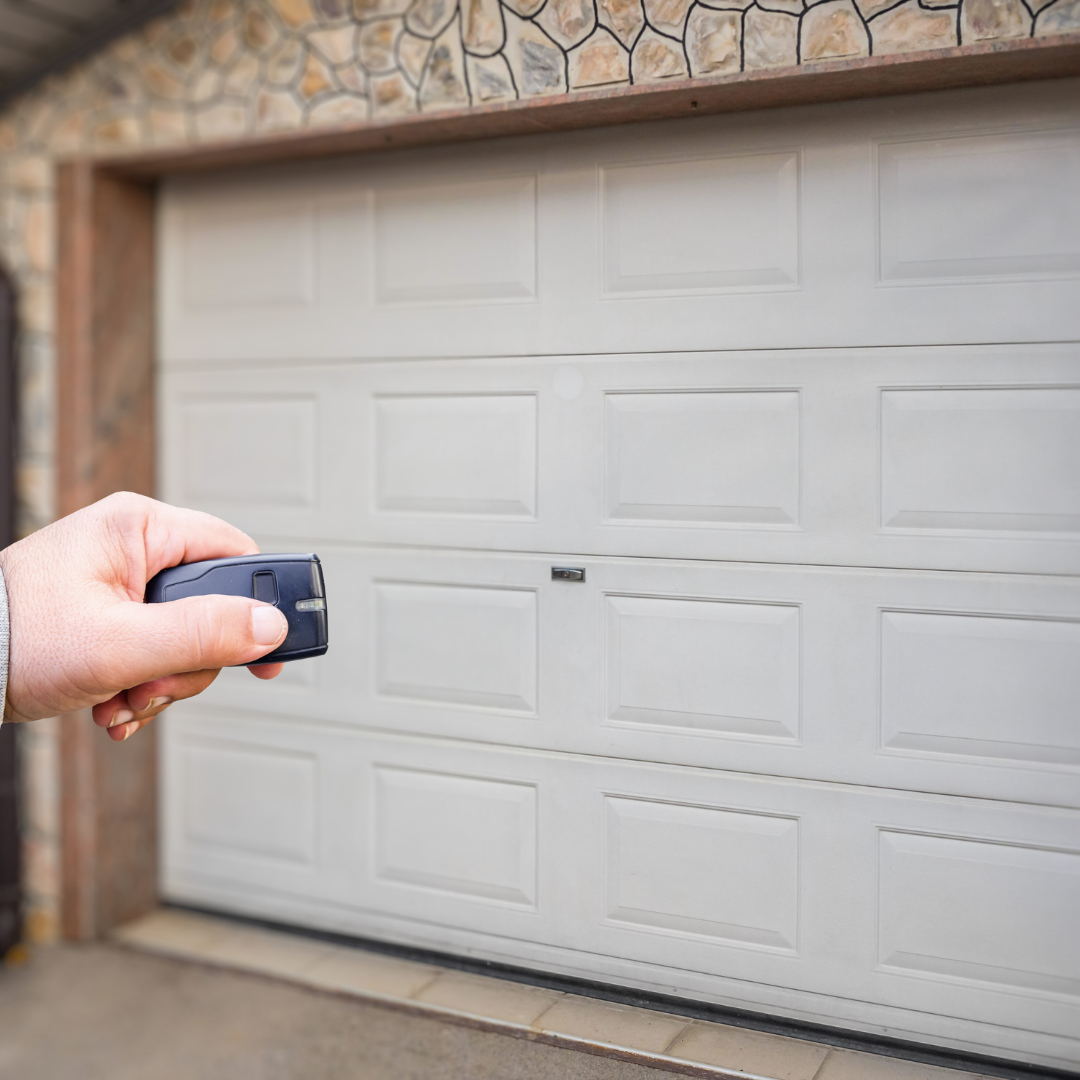Garage door sensors are crucial safety features that prevent accidents and injuries by detecting obstacles in the path of the closing door. Composing an infrared beam emitted by one sensor and received by another, these sensors play a critical role in ensuring smooth and safe operation of your garage door. However, like any mechanical component, garage door sensors can encounter issues that impede their functionality. In this comprehensive guide, we will explore the intricacies of garage door sensors, common troubleshooting techniques, and effective fixes to ensure optimal performance and safety.
Understanding How Garage Door Sensors Work:
Before delving into troubleshooting and fixes, it’s essential to understand the basic principles behind garage door sensors. Typically mounted near the bottom of each side of the garage door opening, sensors consist of a transmitter and a receiver. The transmitter emits an infrared beam that is directed towards the receiver. When the beam is uninterrupted, it indicates that the path of the garage door is clear, allowing the door to operate normally. However, if the beam is obstructed by an object or person, the sensors detect the interruption and signal the garage door opener to halt the closing process, preventing accidents and damage.
Common Issues with Garage Door Sensors:
Despite their importance, garage door sensors can experience various issues that affect their performance. Some of the most common problems include:
Misalignment: Over time, garage door sensors can become misaligned due to vibrations or accidental bumps. Misalignment prevents the sensors from effectively detecting the infrared beam, resulting in malfunctioning operation.
Dirty Lens: Dust, dirt, or debris accumulation on the sensor lenses can obstruct the infrared beam, causing false detections or preventing the sensors from functioning correctly.
Wiring Problems: Loose or damaged wiring connections can disrupt the transmission of signals between the sensors and the garage door opener, leading to intermittent operation or complete failure.
Sunlight Interference: Direct sunlight shining directly into the sensor lenses can interfere with the infrared beam, causing false detections and disrupting the proper functioning of the sensors.
Electrical Issues: Faulty electrical components within the sensors or the garage door opener can result in erratic behavior or failure to operate.
Troubleshooting Garage Door Sensor Issues:

When faced with garage door sensor problems, it’s essential to perform systematic troubleshooting to identify and address the underlying cause. Here are some steps to troubleshoot common sensor issues:
Check Sensor Alignment: Begin by visually inspecting the alignment of the sensors. Ensure that both the transmitter and receiver are properly aligned and facing each other without any obstructions in between.
Clean Sensor Lenses: Use a soft, dry cloth to clean the lenses of the sensors and remove any dust, dirt, or debris that may be obstructing the infrared beam.
Verify Wiring Connections: Inspect the wiring connections between the sensors and the garage door opener for any signs of damage, corrosion, or looseness. Tighten any loose connections and replace any damaged wires as needed.
Test for Sunlight Interference: If sunlight interference is suspected, try shading the sensor lenses with a piece of cardboard or other opaque material to see if it improves sensor performance.
Reset the Sensors: Most garage door openers have a reset button or function that allows you to recalibrate the sensors. Consult the owner’s manual for your specific opener model and follow the instructions to reset the sensors.
Effective Fixes for Garage Door Sensor Issues:
If troubleshooting efforts fail to resolve garage door sensor problems, there are several effective fixes you can try:
Adjust Sensor Alignment: Use a level to ensure that the sensors are aligned properly and adjust their position if necessary. Make sure that they are facing each other directly and that there are no obstructions blocking the infrared beam.
Replace Sensor Wiring: If wiring issues are suspected, consider replacing the wiring harnesses connecting the sensors to the garage door opener. This ensures a secure connection and eliminates any potential wiring problems.
Install Sun Shields: To prevent sunlight interference, consider installing sun shields or hoods above the sensor lenses to block direct sunlight while still allowing the infrared beam to pass through unhindered.
Upgrade to LED Sensors: Traditional garage door sensors use infrared technology, which can be susceptible to environmental factors. Consider upgrading to LED sensors, which are less affected by sunlight and provide more reliable detection.
Consult a Professional: If troubleshooting and fixes fail to resolve garage door sensor issues, it may be time to seek assistance from a professional garage door technician. They have the expertise and specialized tools to diagnose and repair more complex sensor problems safely and effectively.
Conclusion:
Garage door sensors are essential safety features that prevent accidents and injuries by detecting obstacles in the path of the closing door. Understanding how these sensors work and being able to troubleshoot and fix common issues is crucial for maintaining optimal performance and safety. By following the troubleshooting techniques and effective fixes outlined in this guide, you can ensure that your garage door sensors operate reliably and provide the necessary protection for you and your family. If you encounter persistent sensor problems that cannot be resolved through DIY efforts, don’t hesitate to contact a professional garage door technician for assistance. With their expertise and experience, they can diagnose and repair sensor issues efficiently, restoring the safe and smooth operation of your garage door. Contact us today to schedule a consultation with our experienced technicians and ensure the proper functioning of your garage door sensors.

No responses yet